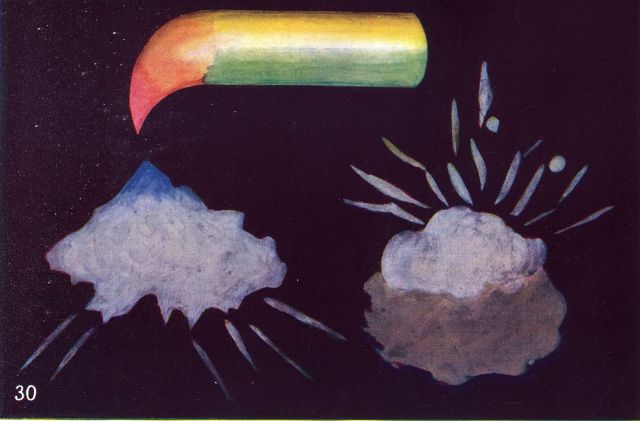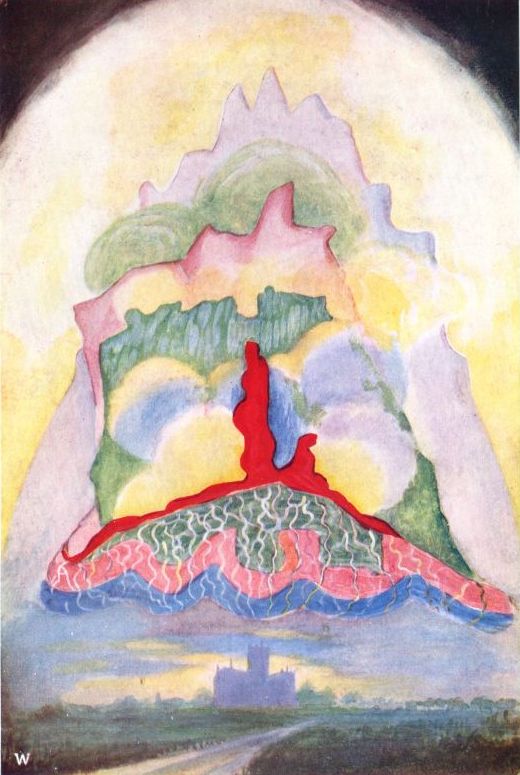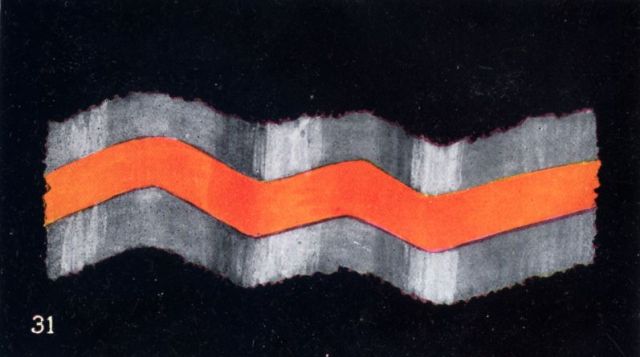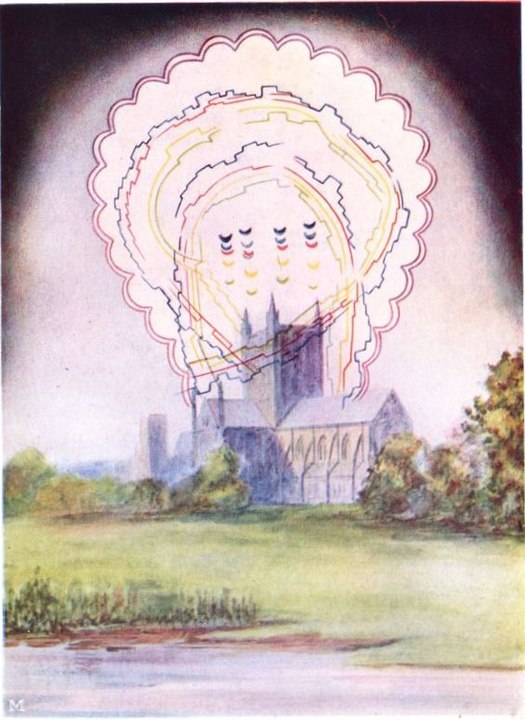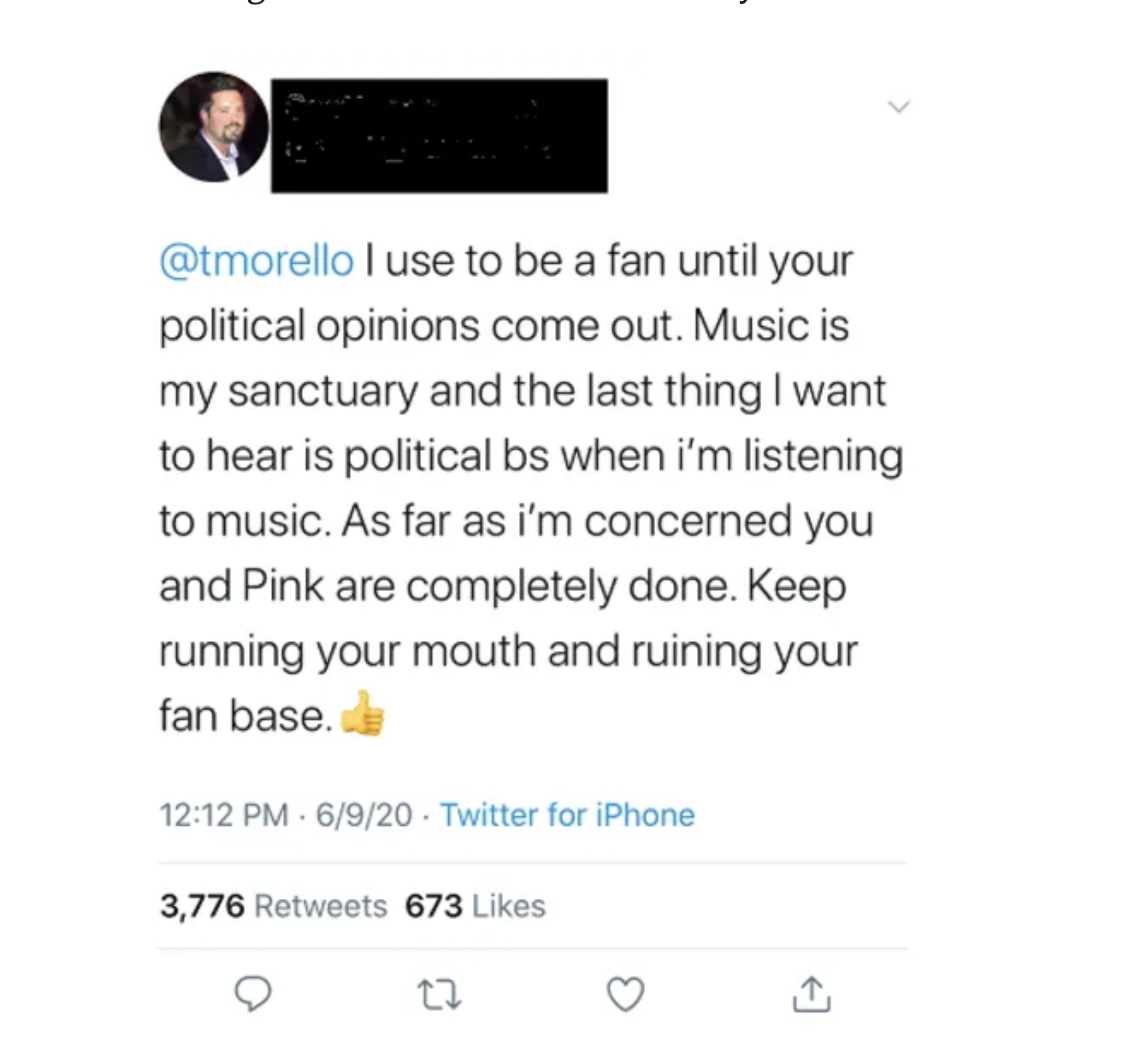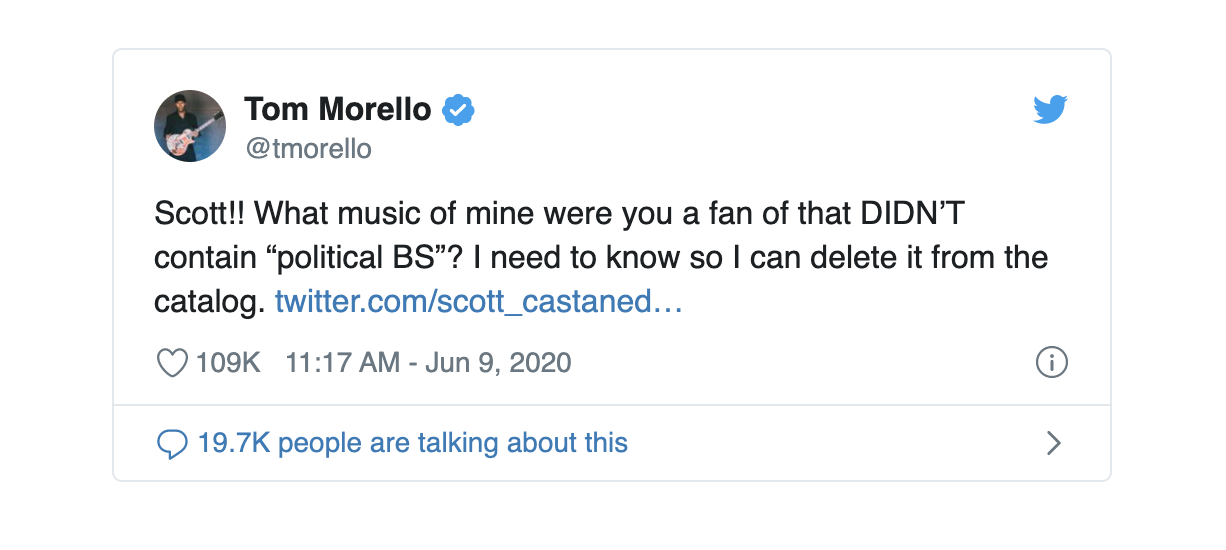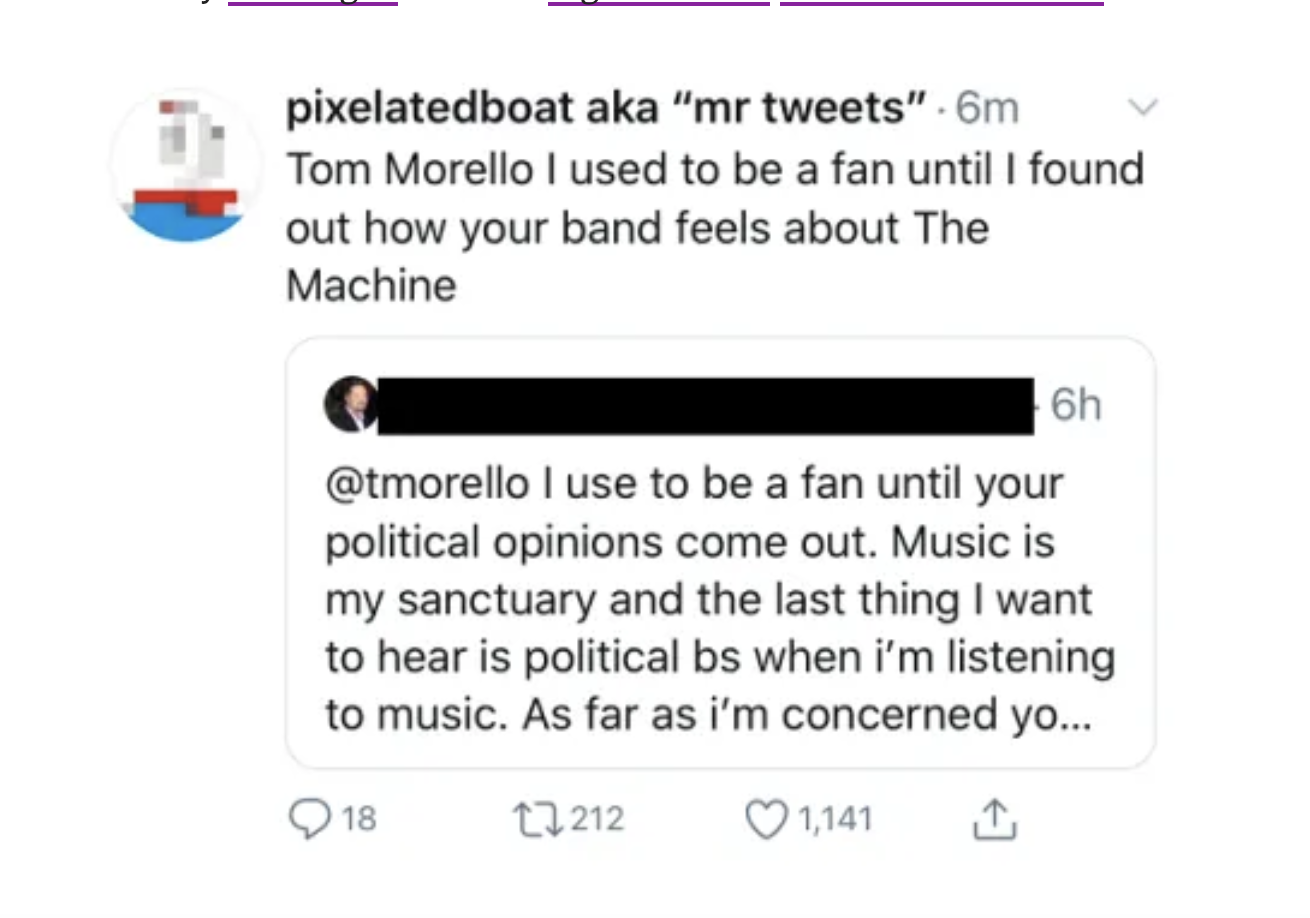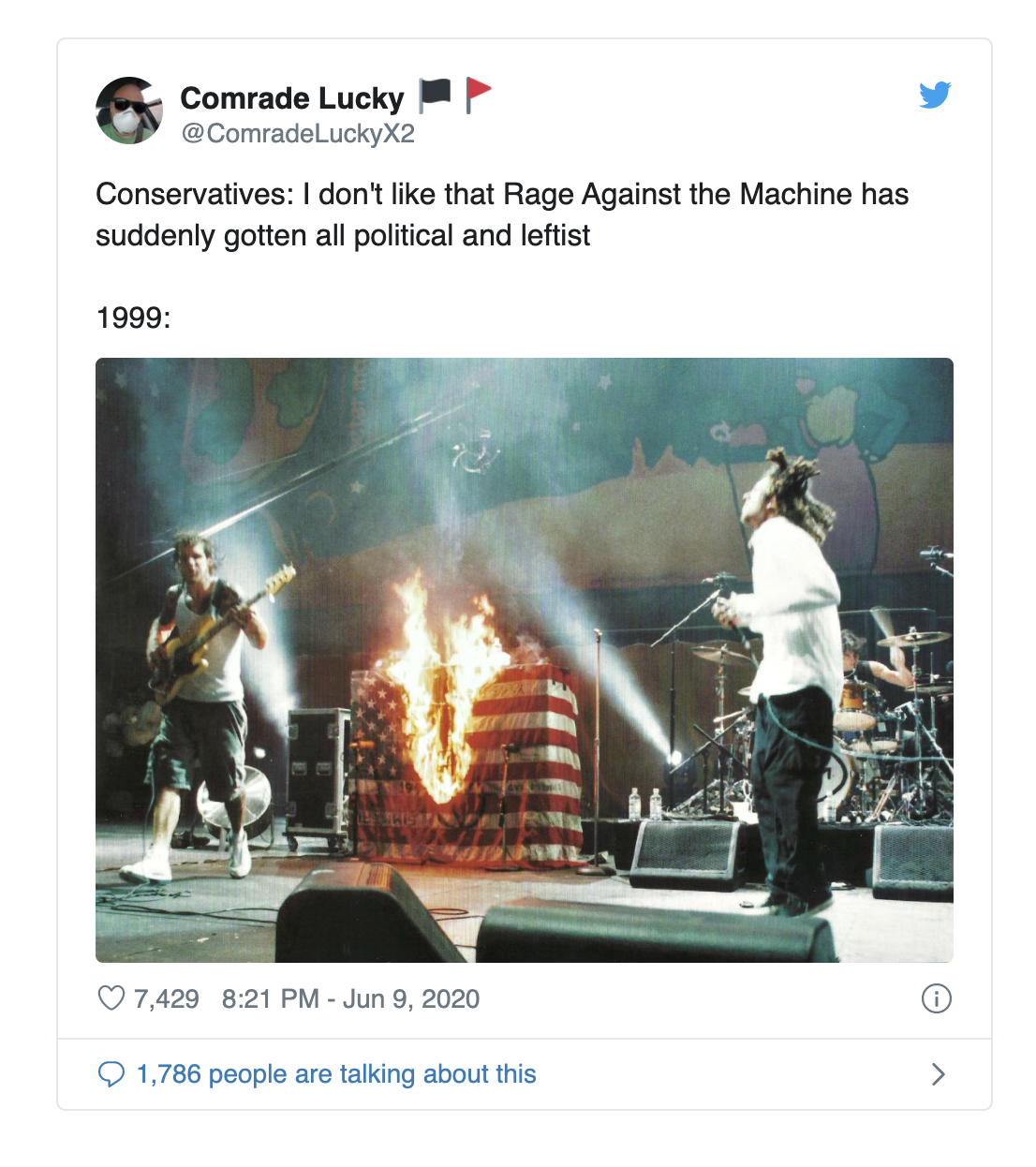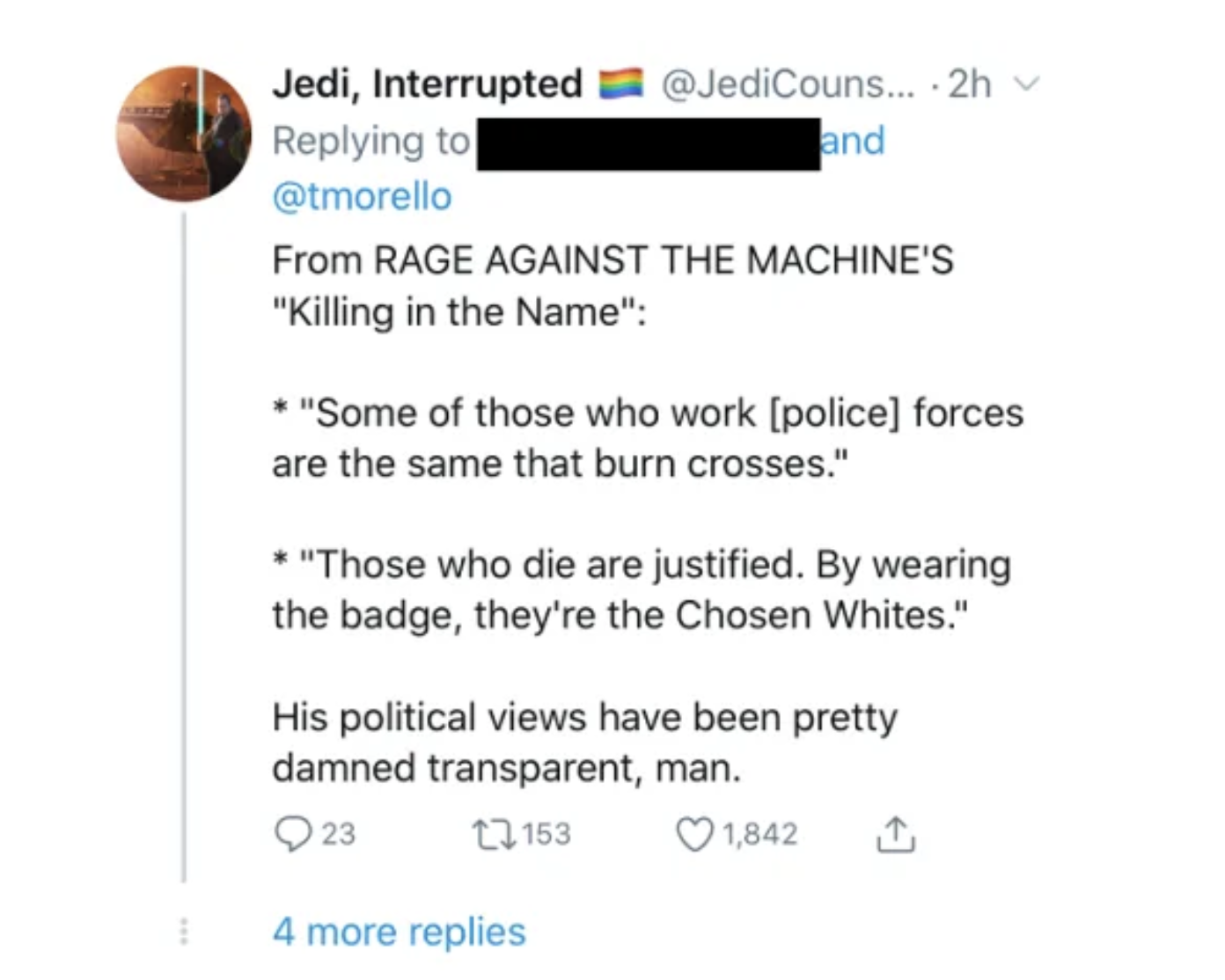George Floyd’s murder while under arrest for allegedly passing a counterfeit bill of small denomination sparked massive worldwide demonstrations against police brutality and in support of Black Lives Matter.
It also led to the abrupt cancellation of television’s recent hit, Live PD, and its longest-running reality show, Cops.
As Amanda Hess recently observed in The New York Times, public opinion has turned on any show that promotes an image of police officers as universally decent forces for good, “lovable goofballs,” or anti-heroes whose rough edges make a play for viewers’ allegiance by suggesting the characters are realistically flawed and thus, relatable:
The “good cop” trope is a standard of both police procedurals and real-life police tactics, and now crowdsourced video of the protests has given cops a new stage for performing the role. In recent days, supposedly uplifting images of the police have spread wildly across the internet, competing for views with evidence of cops beating, gassing and arresting protesters. In Houston, an officer consoled a young black girl at a rally: “We’re here to protect you, OK?” he told her, enveloping her in a hug. “You can protest, you can party, you can do whatever you want. Just don’t break nothing.” In Nashville, the police tweeted a photo of cops kneeling next to a black boy with a “Black Lives Matter” sign, smiling from behind their riot helmets. And in Atlanta, a line of National Guard soldiers did the Macarena. On the final rump shake, a black rifle slung over one soldier’s back swung to the beat.
These images show cops engaging in a kind of pantomime of protest, mimicking the gestures of the demonstrators until their messages are diluted beyond recognition. They reframe protests against racist police violence into a bland, nonspecific goal of solidarity. These moments are meant to represent the shared humanity between officers and protesters, but cops already rank among the most humanized groups in America; the same cannot be said for the black Americans who live in fear of them. Cops can dance, they can hug, they can kneel on the ground, but their individual acts of kindness can no longer obscure the violence of a system. The good-cop act is wearing thin.
According to Hollywood Reporter critic Inkoo Kang, almost any portrayal of cops on TV right now rankles, even one that was lauded for its realistic portrayal of corruption and abuse on the force, HBO’s critically acclaimed The Wire—Barack Obama’s avowed favorite.
Kang writes:
In the first season of The Wire, just about every on-the-ground cop participates in police brutality — often as a kind of professional prerogative. Their violence is meant to add darker streaks to the characters’ otherwise heroic gloss, but it also has the effect of normalizing police brutality as a part, even a perk, of the job.
Her comments touched a nerve with actor Wendell Pierce, whose character was based on a Baltimore homicide detective, Oscar Requer, who achieved his position at a time when black officers routinely faced racial harassment from within the force. Pierce published his response on Twitter:
How can anyone watch “The Wire” and the dysfunction of the police & the war on drugs and say that we were depicted as heroic. We demonstrated moral ambiguities and the pathology that leads to the abuses. Maybe you were reacting to how good people can be corrupted to do bad things.
If The Wire did anything right, it depicted the humanity of the Black lives so easily profiled by police and the destruction of them by the so-called war on drugs; a deliberate policy of mass incarceration to sustain a wealth disparity in America that thrives keeping an underclass.
The Wire, if anything, was the canary-in-the-mine that forecasts the institutional moral morass of politics and policing that lead us to the protests of today. “The bigger the lie, the more they believe” was a line of mine that is so salient and profound in today’s climate.
“The Wire” is a deep dive study of the contributing variables that feed the violence in our culture: in the streets and at the hand of police. Classism, racism, destruction of public education, and moral ambiguity in our leadership all feed this paradigm of American decline.
I know I sound defensive and I probably am, The Wire is personal for me. The Wire is also Art. The role of Art is to ignite the public discourse. Art is where we come together as a community to confront who we are as a society, decide what our values are, and then act on them.
The critique here is that television seems to follow behind the current events of the day. I would ask that you consider that maybe The Wire was a precursor to the discussion that is mandatory now. It was an indicator, a warning light, of the implosion we are feeling today.
At a time when the world is called upon to listen carefully to what black people are saying, and much of the world has shown themselves ready to do so, Pierce’s words carry extra weight.
His assertion that the show, which ran from 2002 to 2008, accurately depicted a system so rotten that collapse was inevitable, is echoed in interview clips with creator and one-time police reporter, David Simon, above.
The video essay was put together by aspirant screenwriter Nehemiah T. Jordan whose Behind the Curtain series aims to provide insights on how celebrated scripts for both the big and small screens—Fight Club, Uncut Gems, The Sopranos, Breaking Bad—come by their aesthetic quality.
Simon’s ambition for The Wire was that it truthfully convey what he had observed as a reporter, as well as the lives of the people he interacted with—both Baltimore cops and those they mostly failed to serve.
In a 2015 White House conversation with then-President Obama, Simon remarks that an emphasis on drug-related offenses led to an epidemic of presumptive police work, and a decline in “competent retroactive investigation of felonies.” A disproportionate number of young black and Latino men were incarcerated during this time, and upon their release, their felony histories meant that few of them were able to secure meaningful employment. America’s problems were compounded.
Whether or not you are moved to watch, or rewatch The Wire, we heartily recommend Where We Go from Here, a recent New York Daily News op-ed by actor Michael K. Williams, who played fan favorite Omar Little, and whose real life counterpart Simon discusses with Omar-fan Obama.
New York native Williams, who has worked to end mass juvenile incarceration, foment collaboration between police and at-risk youth and serves as an ambassador for The Innocent Project, possesses a deep understanding of the New York Police Department’s structure, chain of command, and day to day workings. Stating that tangible action is needed to “shift police culture” and “transform the relationships between law enforcement and communities of color,” he makes a case for six concrete reforms:
- Overhaul CompStat, the NYPD’s crime tracking mechanism.
- Eliminate plainclothes units.
- Create an independent body to investigate “use of force” incidents at the time they occur.
- Reimagine the duties of civilians within the department tasked with community-building.
- Implement ongoing trauma-centered training, education and activities for officers, executives and the communities they serve.
- Make racial justice a core component of NYPD training and education.
Read Michael K. William’s Op-Ed here.
Related Content:
An Artful, Animated Tribute to The Wire, Created by a Fan of the Critically-Acclaimed TV Series
The Wire Breaks Down The Great Gatsby, F. Scott Fitzgerald’s Classic Criticism of America (NSFW)
The Wire as Great Victorian Novel
Ayun Halliday is an author, illustrator, theater maker and Chief Primatologist of the East Village Inky zine. Follow her @AyunHalliday.
